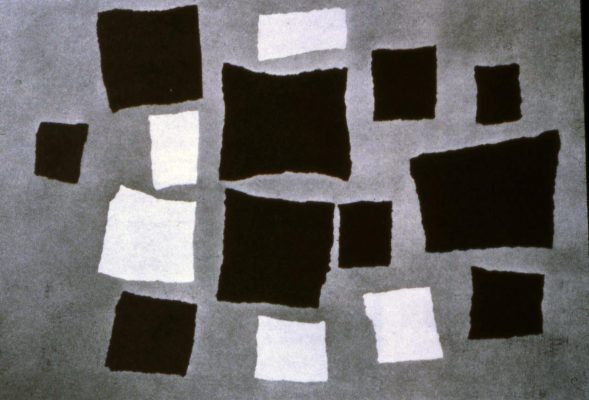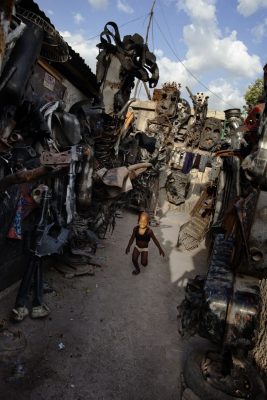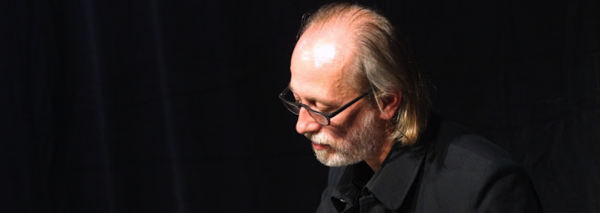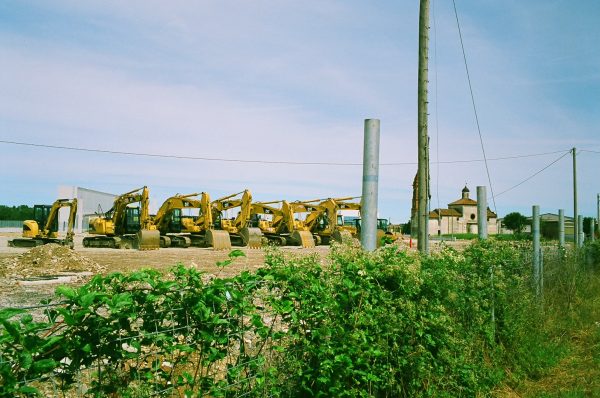This piece was selected for inclusion in the January 2015 Translation Issue by Daniel Medin, a contributing editor of The White Review. He helps direct the Center for Writers and Translators at the American University of Paris, and is an editor of The Cahiers Series and Music & Literature.
ABOUT THE CONTRIBUTOR
Bill Johnston is the translator of all Magdalena Tulli’s books in English. He has also translated numerous works of poetry and prose by other writers; his translation of Wiesław Myśliwski’s Stone Upon Stone (Archipelago Books) won the PEN Translation Prize and the Best Translated Book Award in 2012. His most recent translation is Tomasz Różycki’s mock-epic poem Twelve Stations (Zephyr Books, 2015). He teaches at Indiana University.
Magdalena Tulli is one of Poland’s leading writers. Four of her novels – Dreams and Stones, Moving Parts, Flaw, and In Red – have been published in English, all by Archipelago Books. The Los Angeles Review of Books has described her prose as ‘astonishing in its beauty and leaps of imagination’. Her most recent works, both more immediately personal, are Włoskie szpilki (Italian Heels) of 2011, and Szum (Noise), published in 2014; the latter will appear in English later this year. She lives in Warsaw.
Grzegorz Jankowicz is a Polish critic, essayist, editor and translator. He is a member of the Centre for Advanced Studies in the Humanities at the Jagiellonian University. He has translated into Polish the work of authors including Ronald Firbank, Alberto Manguel, Gerard Mannix Flynn, Richard Rorty and Slavoj Žižek.




